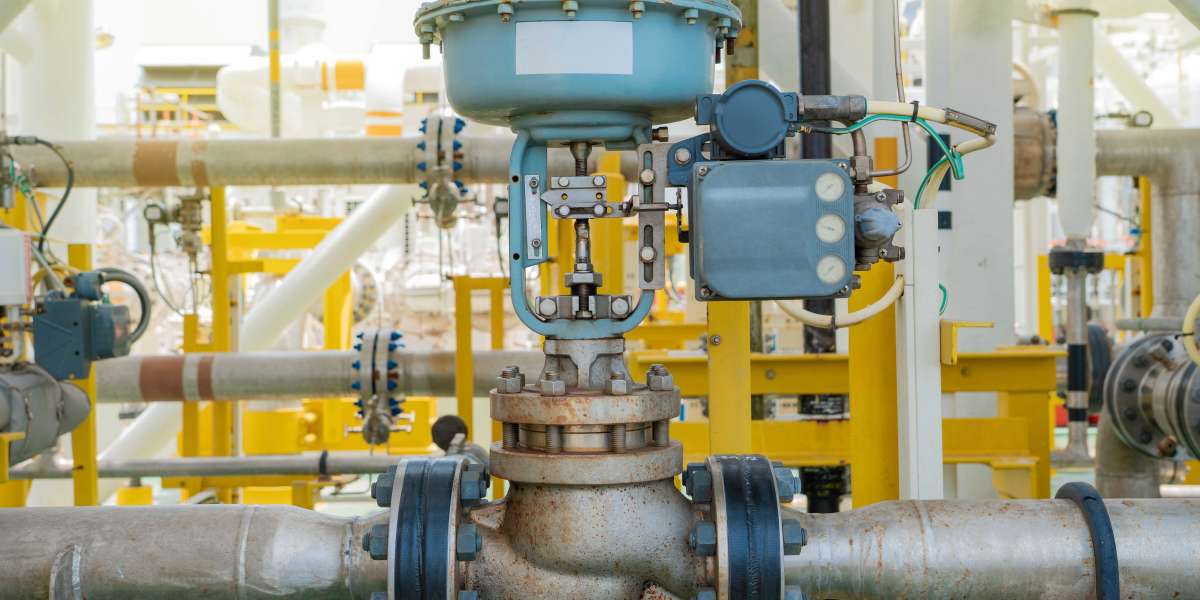Pelton Turbine - Pelton turbines excel in high-head power plants, delivering maximum output through precision-engineered impulse wheel design.
The Pelton Turbine is a pure impulse turbine developed by Lester Allan Pelton in the 1870s, making it distinct from reaction turbines like the Francis and Kaplan. Its design is based on the principle of converting the water's pressure energy entirely into kinetic energy (velocity) before it reaches the runner. This is achieved by forcing the water through one or more nozzles, creating a high-velocity jet that strikes a series of spoon-shaped buckets mounted around the runner's periphery.
The Pelton turbine is specifically designed for high-head (large vertical drop) and low-flow conditions, typically found in mountainous regions or at very large dams where a significant drop in elevation is utilized. Because the runner operates in an aerated space at atmospheric pressure, it does not require a draft tube, simplifying the civil works. Its simple, durable construction and high efficiency in its specific operating range make it a highly reliable and popular choice for small-to-medium-sized high-head plants.
Pelton Turbine FAQs
Is the Pelton turbine an impulse or reaction turbine, and what does this mean for its operation? It is an impulse turbine, meaning it operates by converting water pressure completely into a high-velocity jet that strikes the runner, which operates at atmospheric pressure.
What site conditions are ideal for the efficient use of a Pelton turbine? It is ideal for high-head and low-flow sites, such as those in mountainous areas where there is a very large vertical drop for the water but a limited volume of flow.
How is the power output of a Pelton turbine controlled? Power output is controlled by adjusting a needle (spear) mechanism inside the nozzle, which precisely regulates the size and force of the water jet striking the buckets.








